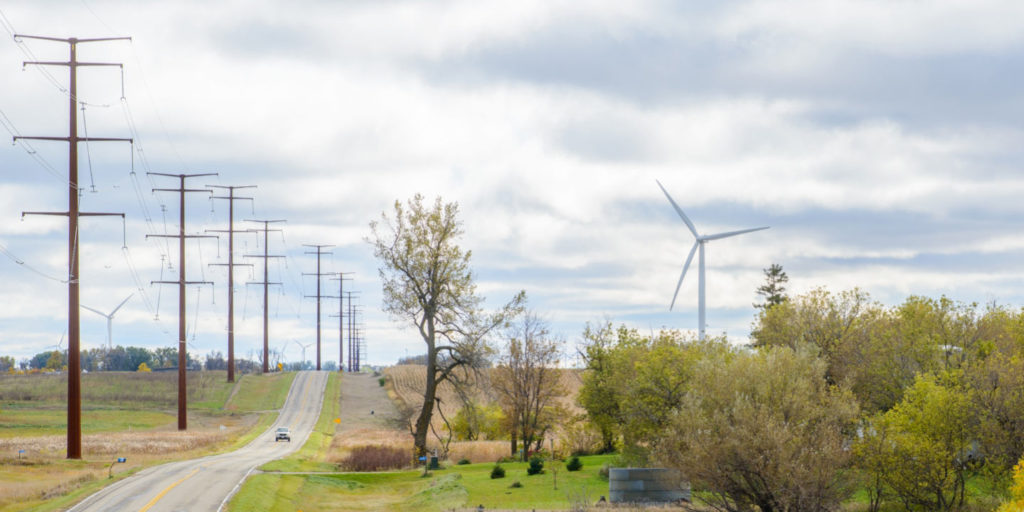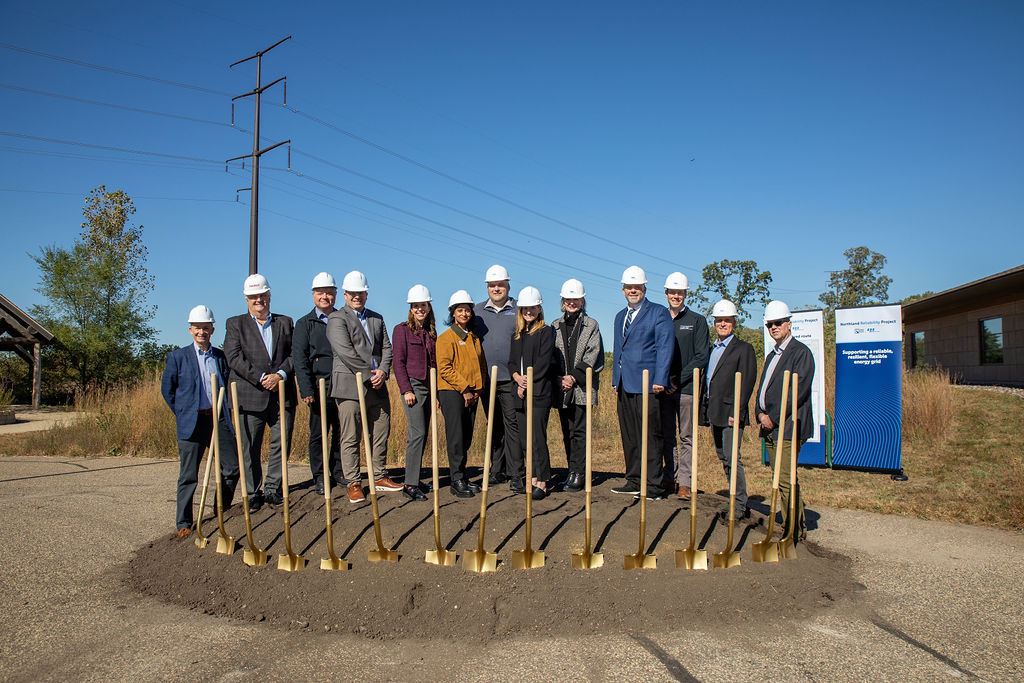From increased adoption of electric vehicles to navigating the ongoing transition to cleaner energy, Minnesota’s not-for-profit electric cooperatives offer innovative energy programs to member-owners. In a time of remarkable industry change, Lake Region Electric Cooperative (LREC) — one of Great River Energy’s member-owner cooperatives — hosted an open forum for its member-owners last month.
Electric cooperatives across the state are increasingly incorporating clean energy into their energy mix and creating programs to electrify end-uses that traditionally use fossil fuels, a strategy known as “beneficial electrification.” Beneficial electrification increases energy efficiency, saves consumers money and reduces pollution as the electric sector continues to decarbonize.
“The clean energy transition is happening, and we want to be a part of it,” said Tim Thompson, CEO of LREC. “We’re asking ourselves: As the power supply becomes cleaner, what opportunities do we have to further electrify our economy and save our members money?”
Utilities face growing consumer expectations for clean energy, and member-governed electric cooperatives are responding. Forum speakers addressed these member demands and discussed innovative programs offered by LREC in the context of the increasingly clean energy portfolio of its wholesale power provider, Great River Energy.
“Great River Energy has undergone a dramatic energy portfolio transformation,” said Great River Energy Vice President and Chief Power Supply Officer Jon Brekke. The generation and transmission cooperative remains on track to reduce its carbon dioxide emissions by more than 80% and achieve Minnesota’s emissions target nearly two decades of schedule. Great River Energy plans to more than double its renewables and purchase a greater portion of energy from the Midwest energy market.
Thompson highlighted the 28 demand response programs and pilot programs available to LREC members, including a residential battery storage pilot program that can reduce peak demand. The co-op also boasts a one-of-a-kind wind-solar hybrid project, a single 2.3-megawatt wind turbine and a 500-kilowatt solar array that uses technology developed by General Electric to economically feed renewable energy into the distribution power grid at a lower cost while enhancing grid reliability.
The wind-solar hybrid project is a result of a collaboration with Dan Juhl, a pioneer in conservation and renewable energy technologies. During the forum, Juhl emphasized that the local, renewable production connected directly to the distribution system was particular to its success.
“Minnesota’s electric cooperatives are self-reliant, cost conscious and member-focused, which leads to a highly innovative culture. We are leaders in the energy transition, and we’re doing it in a way that doesn’t compromise grid reliability,” said Darrick Moe, CEO of Minnesota Rural Electric Association.
LREC has only increased its rates once in the last nine years and its dual fuel rate has not changed since 2008. LREC anticipates rates to remain stable in the foreseeable future, attributing much of this to the cooperative’s focus on members, economical clean energy investments and Great River Energy’s stable wholesale rates.

 " data-object-fit="cover">
" data-object-fit="cover">